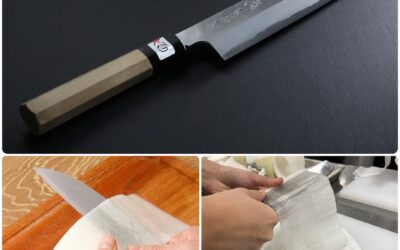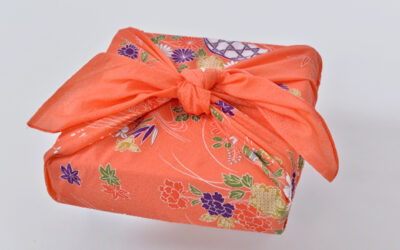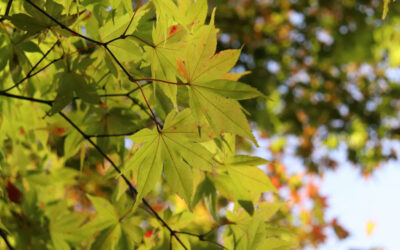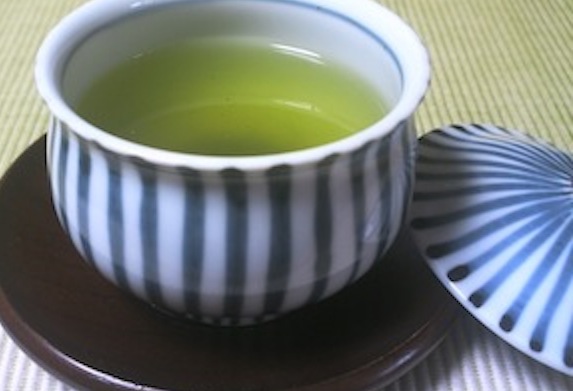
Green Teas
緑茶 RYOKU CHA
Green teas are green because enzymes responsible for oxidization have been prevented from doing their (dark and discoloring) work.
The Japanese halt oxidation by steaming freshly picked leaves, while the Chinese typically pan-fire or roast tea leaves to achieve similar results. The steaming process accentuates latent vegetal, grassy and herbaceous overtones in tea — qualities that are prized by the Japanese. In much the same way that wine enthusiasts throughout the world eagerly anticipate the arrival of Beaujolais nouveau, tea connoisseurs everywhere keenly await Japanese shin cha (new tea) at market.
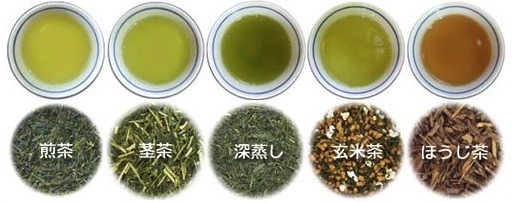
煎茶 SENCHA (leaf tea)
茎茶 KUKI CHA (stem tea)
深むし茶 FUKAMUSHI CHA (deep-steamed to stabilize)
玄米茶 GENMAI CHA (green tea mixed with roasted rice)
焙じ茶 HŌJI CHA (roasted green tea)
Find out more about these teas and how to brew them…
DOWNLOAD GREEN TEA brewing details

